InstaLOD supports a variety of Scene Rules. Scene Rules are operations that can be applied to a scene on import. These operations can change the scene hierarchy, create and assign materials, remove objects, and much more.
- Description, Predicate, and Priority
- Scene Rule Predicates
- Difference between Mesh Match Rules and Scene Import Rules
¶ Description, Predicate, and Priority
All Scene Rules have settings for Description, Predicate, Priority, and Enabled. Description is a text field that is used to describe what the rule does, if InstaLOD is executing a Scene Rule it will show the description in the console. The Predicate is the specific operation that the Scene Rule applies and Priority is used to define the order of rules, a Scene Import Rule with a higher priority number will be executed before Scene Import Rules with lower priority numbers. The Enabled option is used to enable or disable the specific Scene Import Rule.
¶ Scene Rule Predicates
- Delete
- SetAttribute
- CombineMeshes
- Move
- Material Rules
- MaterialAssignment
- MaterialCreation
- MaterialUpdate
- MaterialRename
- Transform
- SplitMeshes
- MeshToolkit
- Tessellate
¶ Delete

The Delete predicate is used to delete objects from the scene. It provides an Attribute to identify matching objects.
¶ SetAttribute
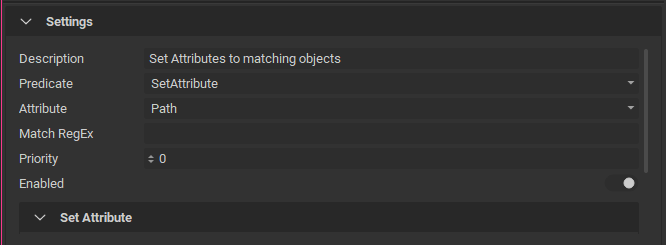
The SetAttribute predicate is used to apply attributes, like metadata to objects in the scene hierarchy. An attribute is a name-value pair. Based on the matching InstaLOD applies the specified attribute name-value pairs to the scene objects.

InstaLOD supports creating multiple attribute name-value pairs for a single rule.
¶ CombineMeshes
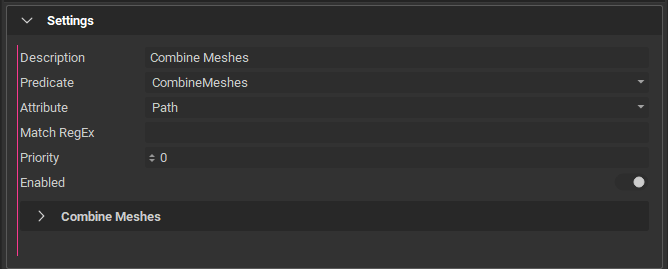
The Combine Meshes predicate combines the children's meshes of a parent group. It cannot be used to identify mesh objects directly.

The CombineMeshes provides a text field Path that is used to specify a new hierarchy path for the combined group.
¶ Move
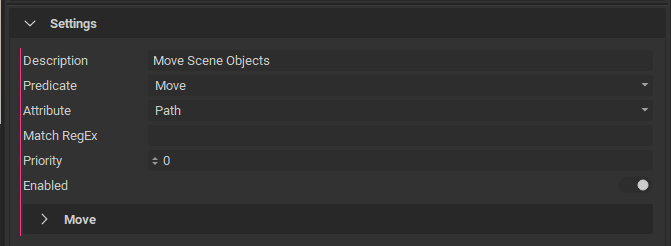
The Move predicate moves scene objects in the hierarchy to a specified path.

The text field Path provides a full path, which includes renaming the object. If a path is provided Parent Path is overwritten. The Parent Path can be used to not rename the object but only change its parent.
¶ Material Rules
This paragraph bundles all material related to Scene Import Rules.
¶ MaterialAssignment
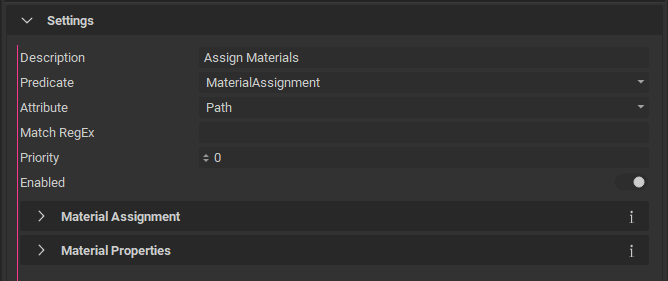
The MaterialAssignment predicate is used to set the material of matching meshes in the scene.

The MaterialAssignment predicate specifies the text field New Material Name and Previous Material Name. If no Previous Material Name is provided then all materials in the mesh will be replaced with the new material. In case it is provided then only the specifically matching material is replaced for the matching meshes. If the new material name doesn't exist in the scene it will be created with the specified properties in the Material Properties panel.

¶ MaterialCreation

The MaterialCreation predicate creates a new material in the scene.

The text field New Material Name specifies the name of the newly created material. The properties of the material can be set by using the settings in the Material Properties panel.

¶ MaterialUpdate

The MaterialUpdate predicate updates the material properties of a material in the scene.

The text field Material Name is used to identify the material that must be updated. The new material properties are defined in the Material Properties panel.

¶ MaterialRename

The MaterialRename predicate renames the matching material with the provided New Material Name.

The text field New Material Name specifies the new material name. The text field Material Name specifies the material that should be renamed.
¶ Transform
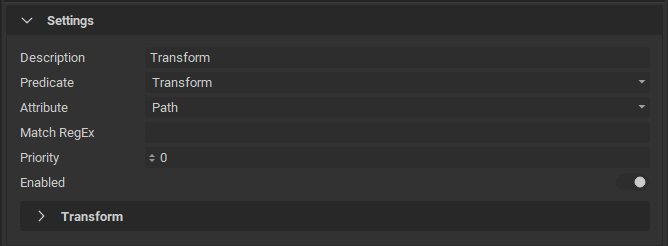
The Transform predicate translates, rotates, and scales scene objects that match the Attribute. The transformations can be set for all three dimensions. If the objects already have a non-identity transform then the transformations are applied on top of the current transformations.

¶ SplitMeshes

The SplitMeshes predicate splits mesh objects into separate meshes that match the Attribute. Meshes can be split by either the setting ByAdjacency which means that all triangles that don't share vertices and edges directly or indirectly will be separated into different meshes. Alternatively, you can separate meshes into submeshes based on their materials with the setting ByMaterial.

¶ MeshToolkit

The MeshToolkit predicate applies the specified MTK operation to the matching scene meshes. The MTK settings can be specified in the Mesh Toolkit panel.
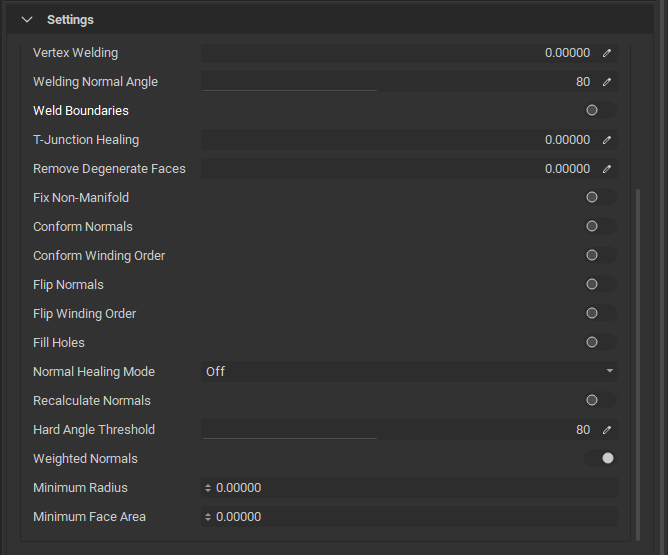
¶ Tessellate
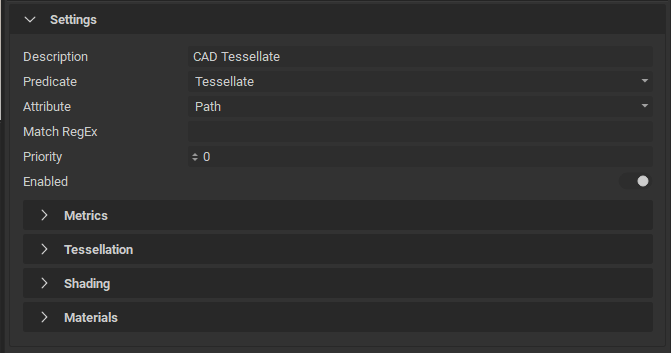
The Tessellate predicate can be used to apply specific tessellation settings to selected scene objects in a CAD file assembly. The tessellation settings are the same as in CAD Live Link.
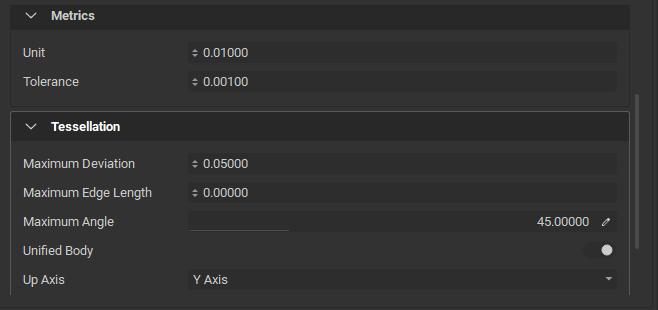
¶ Difference Between Mesh Match Rules and Scene Import Rules
Mesh Match Rules work similarly to Scene Import Rules as they are used to identify to which scene objects the InstaLOD operations are applied to. Mesh Match Rules are always bound to an InstaLOD operation like Optimize or Remesh. However, Mesh Match Rules don't specify a Predicate and just create a selection of objects based on object attributes like Path and Name. Scene Import Rules are applied to the scene before Mesh Match Rules. More information on Mesh Match Rules can be found in this Knowledge Base article.